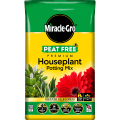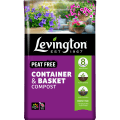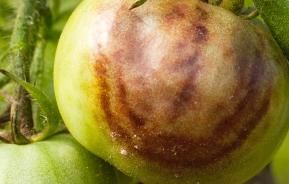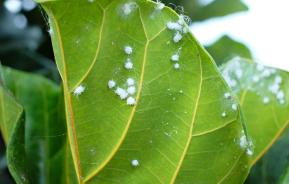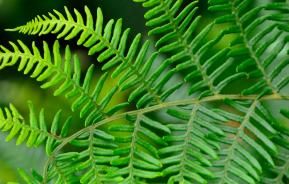As its name suggests, leek rust is a fungal disease that attacks leeks. But it also affects the closely related garlic, chives, onions and other species of Allium, including ornamental ones.
Other rust diseases attack different plant species.
Description
Leek rust is easy to identify, producing rust coloured, bright orange spots/pustules on both the upper and lower sides of infected leaves. The fungus develops mostly on the leaves, but can also appear on the stems.
Most attacks occur from mid-summer until late autumn.
Symptoms
As well as the orange pustules, yellow or pale patches may appear around them. Severe attacks can cause the leaves to shrivel up and die.
Treatment and control
General Tips
Immediately remove and destroy all infected leaves and plant parts. It may be better to destroy severely affected plants. Don’t leave any parts of the plant lying around after harvesting.
Keep plants growing as strongly as possible, without any stress. Water during prolonged dry periods, watering the soil around the plants, rather than over the foliage, as the disease spores need a layer of moisture on the leaves to germinate.
As high nitrogen plant feeds produce soft growth, keep their use to a minimum. High potash plant feeds may help to strengthen the leaves and prevent the disease from taking hold.
Don’t grow plants too closely together, always use the recommended spacings, as close spacing raises humidity and increases the likelihood of infection.
Disease-resistant varieties may be available.
Fungicides
There are no chemicals approved for control of diseases on edible plants.



